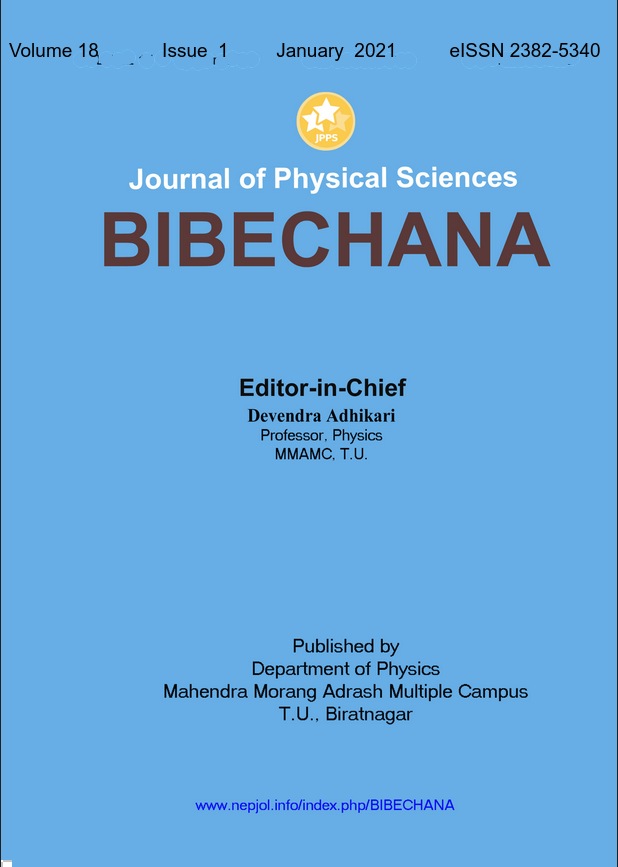Degradation of fundamental polymers/plastics used in daily life: a review
DOI:
https://doi.org/10.3126/bibechana.v18i1.29619Keywords:
Polyethylene, Polylactic acid, Degradation, Thermogravimetric analysisAbstract
Polymers are made from the monomers that are used for packaging purposes. The degradation of polymers can take place either abiotic or biotic pathways. Abiotic pathway occurs from thermal, photo-degradation, and catalytic methods whereas, biotic occurs in presence of different types of microorganisms. The degradation of polymers (polyethylene and polylactic acid) was explained by the thermal, catalytic, and biodegradation process. The thermal degradation of polyethylene and polylactic acid was explained by the thermogravimetric analysis (TGA) curve. Catalysts such as zeolites and amorphous silica-alumina are used for the degradation of polyethylene whereas, tin for polylactic acid. Microorganisms such as bacteria, fungus, and actinomycetes help for the degradation of polyethylene and polylactic acid.
BIBECHANA 18 (1) (2021) 240-253
Downloads
Downloads
Published
How to Cite
Issue
Section
License
This license enables reusers to distribute, remix, adapt, and build upon the material in any medium or format for noncommercial purposes only, and only so long as attribution is given to the creator.




